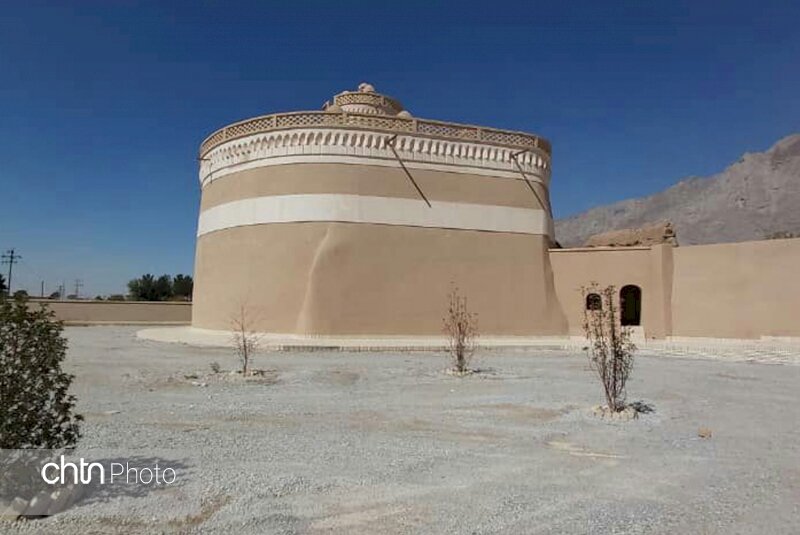Ancient ‘pigeon towers’ to turn into traditional restaurant

TEHRAN –Chahar Borj pigeon towers in Falavarjan county, the central province of Isfahan, are planned to turn into a traditional restaurant in the near future, Falavarjan’s tourism chief has announced.
With an area of 2,700 square meters, Chahar Borj, meaning four towers, consists of four pigeon towers, which have been completely restored over the past few years.
A budget of three billion rials ($71,400 at the official exchange rate of 42,000 rials per dollar) was allocated to the fourth and final stage of the restoration project of the towers, Hafez Karimian said on Saturday.
The project involved lightening the rooftops, repairing the damaged parts, organizing pigeons’ nests, and strengthening the walls using cob material, the official added.
Chahar Borj pigeon towers include two large and small towers. The large tower with a height of 18 meters and an area of nearly 1,000 square meters, is the largest pigeon tower in Isfahan province in terms of area.
The complex was inscribed on the national heritage list in 2005.
Isfahan is famed for having a rich heritage of pigeon towers, where the droppings could be collected and used as fertilizer. There are still many ruined or well-preserved “luxury” accommodation buildings across the province, which are specially designed and constructed for pigeons and can hold as many as 14,000 pigeons.
It is not clear when such pigeon houses were built first but according to the comments by ancient travelers, at least they have been existed since some 800 years ago. For the first time, “Ibn Battuta” the famous Moroccan traveler mentioned pigeon houses.
The environs of Isfahan are dotted with bizarre but very picturesque pigeon towers. In contrast to a European dovecot, which often housed pigeons to be used as meat, in Iran, the pigeons were never eaten. Here pigeon towers were used as guano factories to produce fertilizers for the melons that have always been the pride of the region. The guano was also used in the manufacture of gunpowder.
Pigeon towers are of considerable size, often 10.5-12 m high, of sturdy construction and fine proportions. The pigeon houses are usually built of mud-brick. Unbelievably varied, often decorated by ornate cupolas and muqarnas friezes, they are so charming that it is well worth going even great distances to see them.
Although there are never two identical pigeon towers, all conform to a single plan. Each tower consists of an outer drum, buttressed internally to prevent collapse and to support the inner drum that rises perhaps a third as high as the main structure.
Pigeons can get to their nests through some passages which are such narrow that is impossible to other birds such as eagles or falcons to enter. At the bottoms, there are some smooth parts of stucco works. These parts can avoid snakes to ascend. In some cases, they put a bowl of milk at the center with limes around it. As snakes like milk, they try to get it but will be stuck in the lime.
Nowadays, due to the wide usage of chemical fertilizers, such pigeon towers just convey memories of the past as significant but strange buildings.
ABU/MG
Leave a Comment